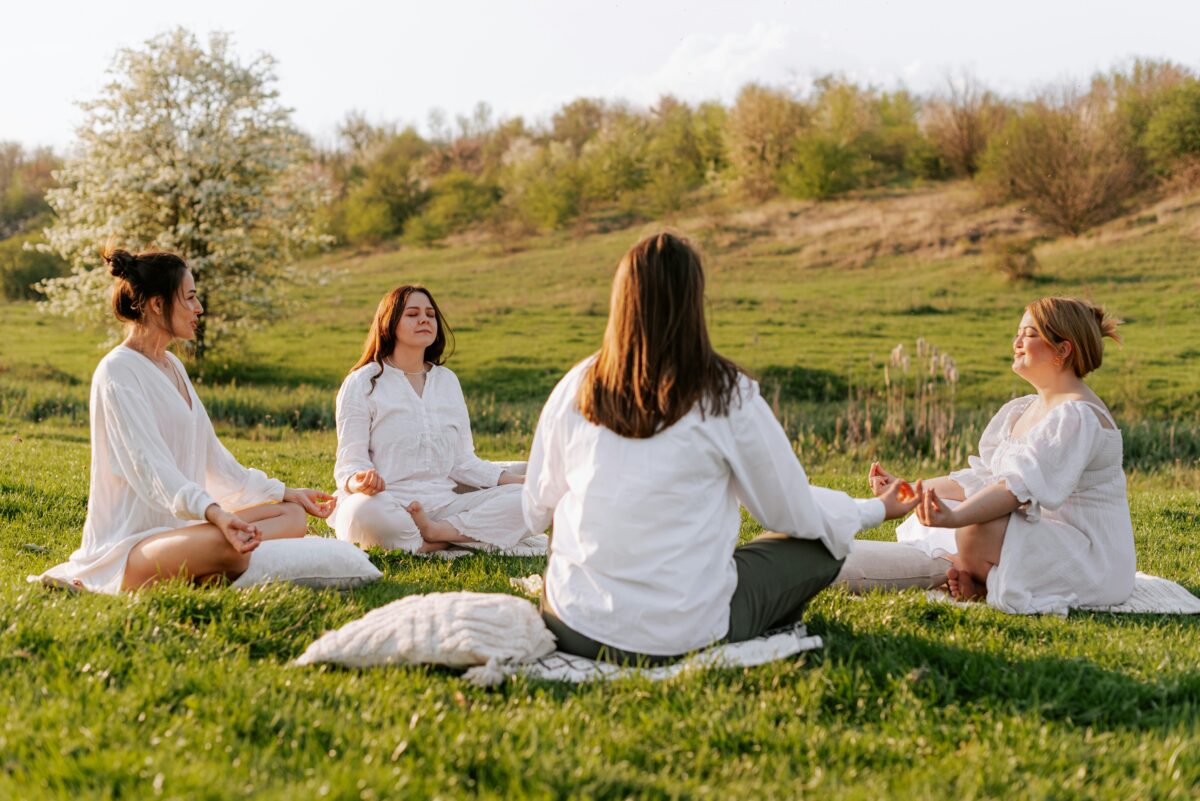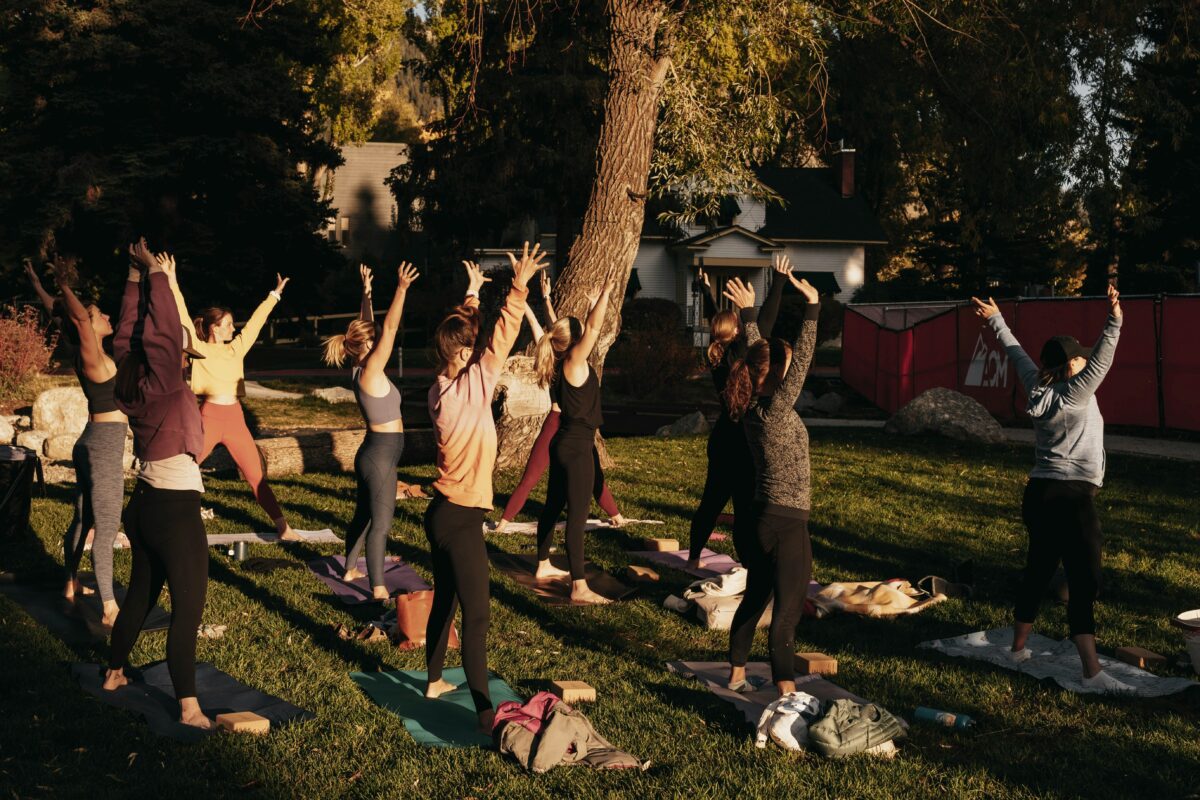Pawsitive Vibes: How a Cat Companion Can Enrich Your Life
Welcoming a cat can bring many benefits, from emotional support and laughter to potential health improvements. With their unique personalities and endearing behaviors, cats have a remarkable ability to brighten any home.
Feline Affection: Building Bonds of Companionship
Cats may have a reputation for independence, but they’re also incredibly affectionate and capable of forming strong bonds with their human companions. The ways cats show love—whether by curling up on their owner’s lap, purring softly, or gently nudging their head against a leg—create moments of connection and warmth that deeply reward pet ownership.
This bond between a cat and their owner is unique and built on trust and mutual affection. Unlike many other pets, cats often choose when and how to show affection, making their companionship feel genuinely rewarding. These small gestures can create a profound sense of companionship and fulfillment for cat owners, as they know their cat is genuinely happy and comfortable in their presence.
Stress Relief: How Cats Boost Mental and Emotional Health
One of the most recognized benefits of owning a cat is its positive impact on mental health. Studies indicate that interactions with cats can significantly reduce stress, anxiety, and depression. The rhythmic sound of a cat’s purr has even been found to have therapeutic effects, producing vibrations that promote relaxation and a sense of calm.
Purring Therapy
The sound and vibrations of a cat’s purr can create a meditative effect, helping owners relax and clear their minds.
Some studies suggest that the frequency of a cat’s purr can help reduce muscle tension and promote healing, making it beneficial for physical relaxation.
For individuals facing stressful or emotionally challenging times, a cat’s presence provides a consistent source of support and comfort. In fact, many owners find that their cat intuitively senses when they need extra comfort, often staying close by or sitting quietly beside them.
Joyful Distractions: Entertainment and Laughter in Everyday Life
Cats bring endless joy with their playful and sometimes unpredictable antics. Watching a cat chase after a toy mouse, dart across the room, or leap gracefully onto high surfaces can be endlessly entertaining. Their curiosity, agility, and spirited play create an engaging and lively home environment that helps combat boredom.
Cats are known for their “zoomies” and playful nature, which can lift their owners’ spirits on even the most challenging days. In many ways, cats encourage their owners to slow down, observe, and enjoy simple moments. The pure joy of watching a cat discover a new object or engage in spontaneous play can bring about unexpected laughter and happiness, adding a dynamic layer of joy to daily life.
A Sense of Purpose and Responsibility
Having a cat comes with responsibilities, from feeding and grooming to regular veterinary visits. This sense of responsibility fosters discipline and builds essential qualities such as empathy, compassion, and dedication. For many, caring for a pet also provides a greater understanding of purpose, as each day revolves around ensuring their beloved feline is safe, healthy, and happy.
Cats require daily routines that help establish consistency and stability in their owner’sowners’ lives. This responsibility can be particularly beneficial for people looking to add structure to their days, as caring for a pet creates a dependable rhythm and purpose.
Intuitive Companions: Cats as Sources of Comfort During Difficult Times
Many cat owners find their pets offer unique support during difficult times. Cats have an uncanny ability to sense emotional distress and often respond with comforting behaviors. Whether it’s curling up beside a person when they’re feeling low or simply being present, cats provide unconditional companionship.
Comfort During Illness or Distress
Cats seem to understand when their owners are unwell or going through challenging moments and often respond with gentle closeness.
Their comforting presence can provide stability and reassurance, especially when a person is vulnerable or alone.
This intuitive connection helps many owners feel understood and cared for, reinforcing their deep emotional bond with their cats.
Why Cats Make Life Brighter: The Power of Feline Companionship
Bringing a cat into one’s life can be a deeply fulfilling experience, enhancing emotional, mental, and physical well-being. Cats offer a unique blend of independence, affection, and playfulness that brings joy, comfort, and a sense of purpose. Cats can brighten each day through gentle purring, playful antics, or silent companionship during challenging moments.
Adopting a cat could be the start of an incredibly enriching journey for those considering a feline addition to their family. From providing companionship to boosting overall health, cats have a remarkable impact on their owners’ lives—offering love, laughter, and comfort in equal measure.
Published by: Khy Talara












